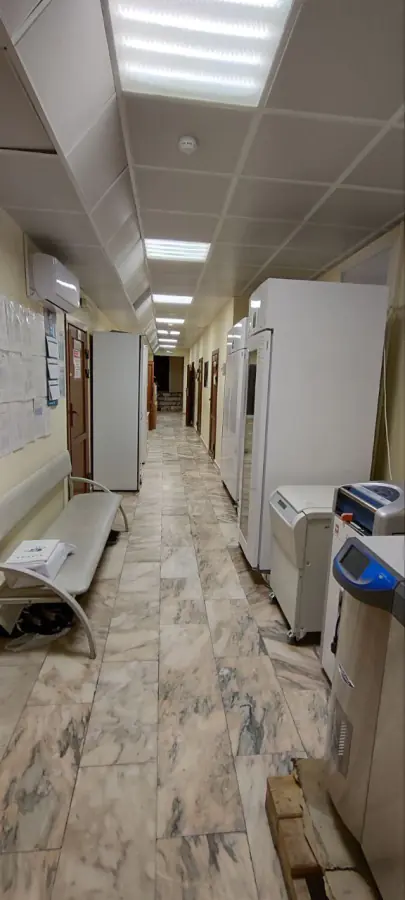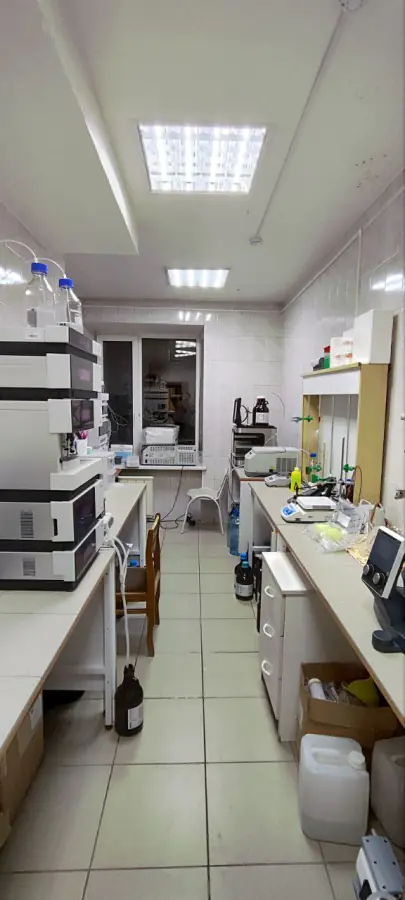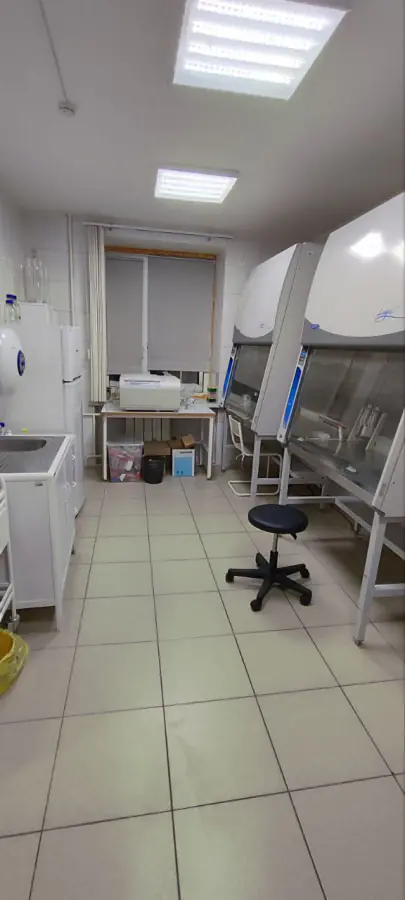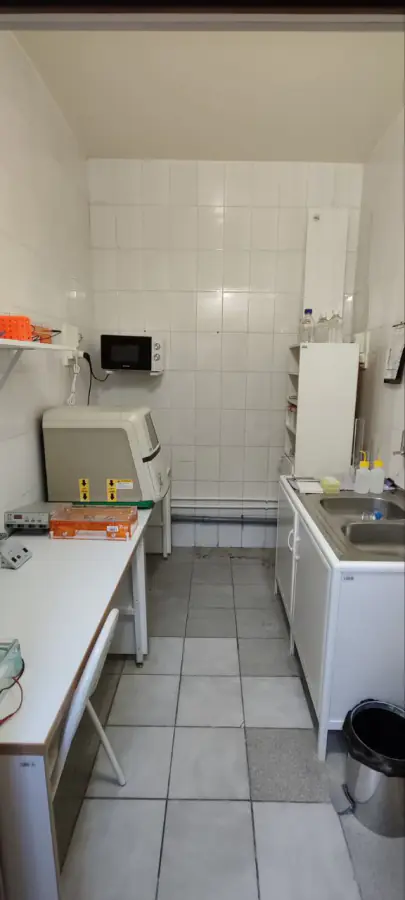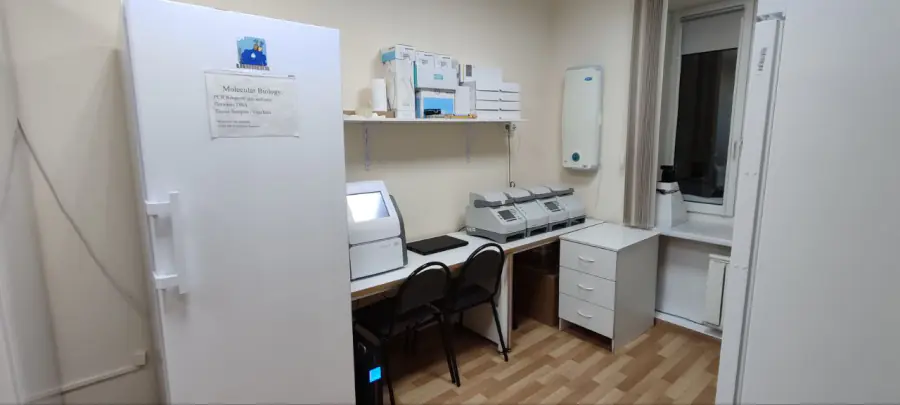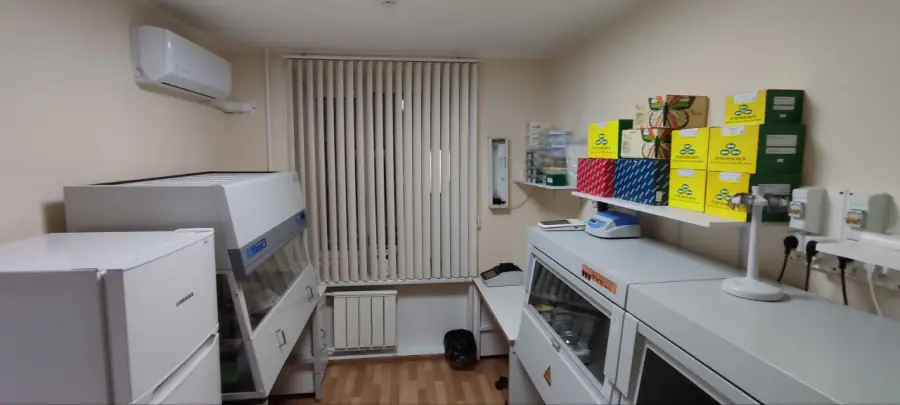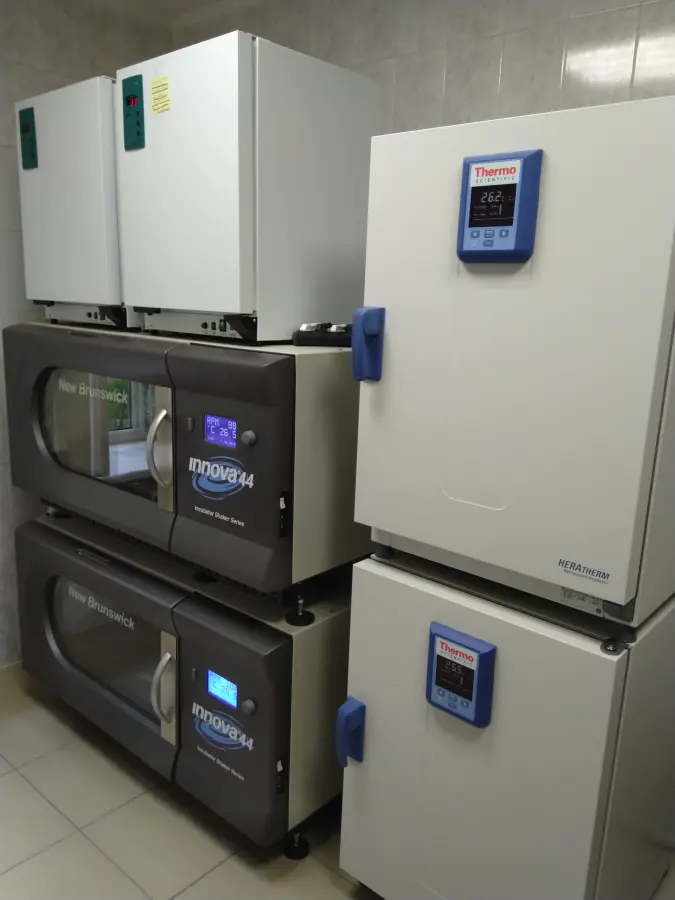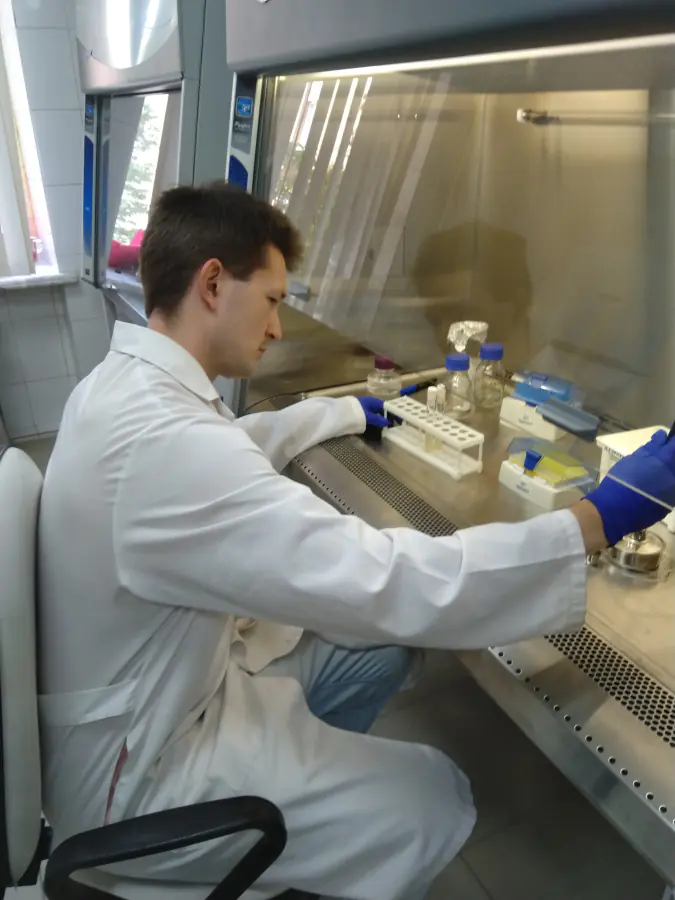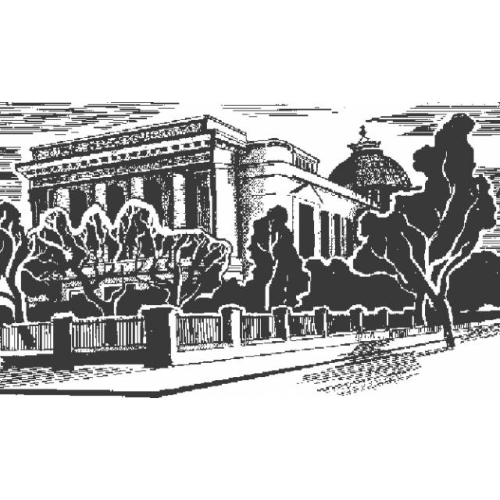Antimicrobial Resistance Laboratory
Publications
70
Citations
882
h-index
16
Authorization required.

The laboratory conducts research in the field of chemistry of natural compounds and soil ecology:1) Means and methods of managing microbiomes of agrocenoses using microorganisms and their metabolites.2) What is the ecological role of antibiotic production of bacteria and fungi?
3) The phenomenon of Quorum Sensing in the symbiosis of bacteria and plants.
4) Obtaining and studying the properties of new antimicrobial peptides and the mechanisms of resistance of bacteria and fungi.
- Next Generation Sequencing (NGS)
- Determination of the antibacterial activity of compounds
- Bacterial cultures
- Cultivation of microorganisms in biological reactors
- Mass spectrometry
- UV-vis absorption spectroscopy
- Atomic Force Microscopy (AFM)
- Scanning electron microscopy (SEM)
- Cloning
- Soil-morphological method
Anastasia Teslya
Senior Researcher

Sergey Kravchenko
Researcher

Anastasiya Teslya
Researcher

Darya Poshvina
Researcher

Artyom Stepanov
PhD student

Diana Dilbaryan
PhD student

Aleksandr Iashnikov
PhD student

Elena Gurina
PhD student
Research directions
Biotechnological potential of macrolactin, an antimicrobial metabolite of Bacillus velezensis, for the creation of biologics to protect plants from phytopathogenic bacteria
+
The purpose of this project is a detailed analysis of the antimicrobial exometabolite of the B. velezensis strain X-Bio-1 – macrolactin A, as a potential biological product for protecting plants from phytopathogenic bacteria. To achieve this goal, the following tasks have been identified and will be solved: 1. To characterize the main physico-chemical and biological properties of macrolactin produced by B. velezensis X-Bio-1, including antimicrobial activity, phyto- and cyto-toxicity, mechanism of action. 2. To evaluate the reaction of the community of soil bacteria, resistome and mobilome to the effects of a natural macrolide antibiotic – macrolactin A.
Features of the functioning of the microbial community and the enzymatic activity of soils under the influence of gliotoxin of soil fungi
+
As part of the implementation of this research area, for the first time: a) the reaction of the soil microbial community (the proportion of fungal and bacterial components of soil biomass, C, N and P microbial biomass, taxonomic microbial diversity, microbial CO2 production, ecophysiological status, metabolic activity, efficiency of use by microorganisms of soil carbon, etc.) and soil enzymes of carbon (chitinase, β-glucosidase, xylonase, cellobiohydrolase, invertase), phosphate (phosphotase) and nitrogen (leucinaminopeptidase, urease) cycles for the introduction of gliotoxin into the soil; b) the dependence of soil enzymatic and microbial activity on residual amounts of gliotoxin was determined; c) it was determined how large and long-lasting the effect of gliotoxin on soil microbiocenosis and the enzyme pool, the time of manifestation of the maximum effect of gliotoxin, the degree and duration of the "violation" of the microbial community.
The formation of microbial-plant symbioses and the study of the molecular mechanisms of their functioning in order to create microbiological preparations for crop production
+
Microbiological processes occurring in the soil-microbiome-plant system are being investigated when strains of bacteria producing antibiotics are introduced into this system: macrolactin A, bacillomycins, phengicin, 2,4-diacetylfloroglucinol – these antibiotics are well-known but poorly studied metabolites of PGP microorganisms of the genera Bacillus and Pseudomonas. The novelty of these studies lies in gaining new knowledge about the role of antibiotics produced by PGP microorganisms in the intermicrobial interactions occurring in agrocenoses. The specific novelty is determined by the fact that the following questions will be answered: 1) what are the changes in the soil and rhizosphere community of microorganisms when using a biological product that includes an antibiotic producer? 2) what is the contribution of the produced antibiotic in changing the structure and function of the microbiome? 3) what specific changes in the microbiomes of soils and the rhizosphere of plants lead to an increase in plant productivity? 4) how competitive is this producer in the environment and is it possible to increase its survival rate? The practical result of the work is determined by the expansion of the line of consortia of microorganisms – the basis of new microbiological preparations (microbiological fertilizers / biopesticides).
Antibiotics
+
Structural and functional characteristics of antimicrobial substances: features of lethal and sublethal effects on pathogens of bacterial and fungal nature
Publications and patents
Found
Nothing found, try to update filter.
Алексей Сергеевич Васильченко, Анастасия Валерьевна Васильченко, Дарья Владимировна Пошвина, Ольга Николаевна Синева, Вера Сергеевна Садыкова
RU2798572,
2023
Алексей Сергеевич Васильченко, Ольга Валерьевна Доманская
RU2795906C1,
2023
2023
—
2024
| Васильченко Анастасия Валерьевна
2021
—
2023
| Пошвина Дарья Владимировна
Lab address
Тюмень, ул. Ленина 23.
Authorization required.





